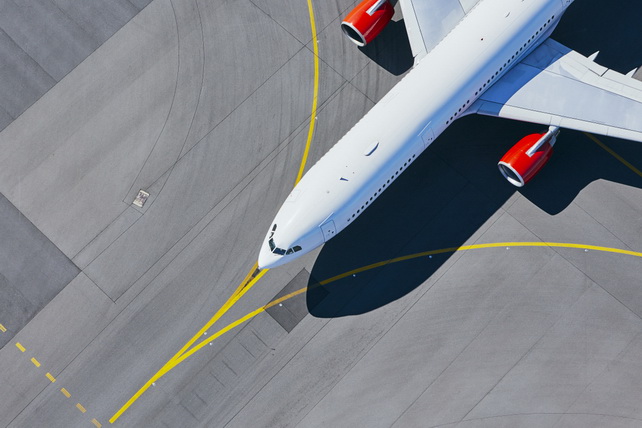
Global Aviation Market Continues to Grow: Passenger Demand Up 4.6% and Cargo Up 4.1% in August 2025
Global Aviation Market Continues to Grow: Passenger Demand Up 4.6% and Cargo Up 4.1% in August 2025
Tashkent, Uzbekistan (UzDaily.com) — The International Air Transport Association (IATA) has released data on the global aviation market for August 2025, reporting steady growth in both passenger and cargo segments amid ongoing economic and geopolitical challenges.
Passenger Traffic: Record Aircraft Load Factors
According to IATA, total demand for passenger air travel, measured in revenue passenger kilometers (RPK), rose 4.6% compared with August 2024. Available seat capacity increased by 4.5%, and the load factor reached 86%, setting a record for the month. International travel grew by 6.6%, while domestic traffic increased by 1.5%.
“Demand in August rose 4.6% year-on-year, confirming that the 2025 summer travel season in the Northern Hemisphere was a record-breaking period. Aircraft were flying at the highest occupancy levels in history.
Despite economic uncertainty and geopolitical challenges, global growth shows no signs of slowing,” said IATA Director General Willie Walsh. He added that airlines plan to increase available capacity by a further 3.4% in October, and resolving supply chain issues is becoming critical for the industry.
Regionally, the largest passenger traffic growth occurred in Africa (+8.9%) and the Asia-Pacific region (+6.1%). Europe grew by 4.2%, Latin America by 7.5%, and the Middle East by 8.4%. The North American market remained nearly stable, increasing just 0.5%.
International traffic accounted for 87% of the global passenger growth, with China and Japan as primary drivers, posting 11.8% and 12% growth, respectively. North American carriers, however, have recorded declining load factors for the fourth consecutive month.
Domestic air travel showed more modest growth of 1.5% year-on-year, contributing 13% of global passenger traffic growth. Brazil saw the highest increase (+12.7%) thanks to government initiatives promoting domestic tourism. China posted 3.4% growth, Japan 6%, while in the U.S., load factors have been declining for eight consecutive months.
Cargo Traffic: Sixth Consecutive Month of Growth
Demand for air cargo, measured in cargo tonne-kilometers (CTK), rose 4.1% compared to August 2024, marking the sixth consecutive month of growth. International cargo increased 5.1%, with available capacity up 3.7%.
“Air cargo benefited from partial diversion of valuable freight from maritime transport as shippers sought to mitigate tariff risks,” noted Willie Walsh. He emphasized that airlines are demonstrating flexibility amid changing global trade dynamics, especially on Europe–Asia, intra-Asia, Africa–Asia, and Middle East–Asia routes.
Global cargo growth was supported by improving macroeconomic conditions: world merchandise trade rose 5.4% year-on-year in July, and the manufacturing Purchasing Managers’ Index (PMI) reached 51.75 in August, its highest level since June 2024. Jet fuel prices remained 6.4% below last year, marking the fourteenth consecutive month of decline.
Regional Leaders: Asia and Africa
Asia-Pacific carriers posted 9.8% annual growth in cargo traffic, and African carriers 11%, the highest among all regions. Europe saw 3.2% growth, the Middle East 2.7%, and Latin America 2.1%. North American carriers, in contrast, experienced a 2.1% decline, remaining the only region with negative growth.
Key trade routes showing strong increases included Europe–Asia (+13%), intra-Asia (+12.4%), Middle East–Asia (+7.8%), and Africa–Asia (+8.4%). Traffic on Asia–North America and Middle East–Europe routes decreased by 2.2% and 0.8%, respectively.
Outlook
IATA forecasts that the global aviation industry will continue to grow steadily as global trade and tourism gradually recover. “Aviation remains a vital link for the world economy. We see both passenger and cargo sectors adapting to new conditions, demonstrating resilience and flexibility,” Walsh emphasized.
The association noted that sustained traffic growth and record load factors indicate a stable industry recovery, although geopolitical risks and supply chain disruptions continue to constrain the potential for further expansion.